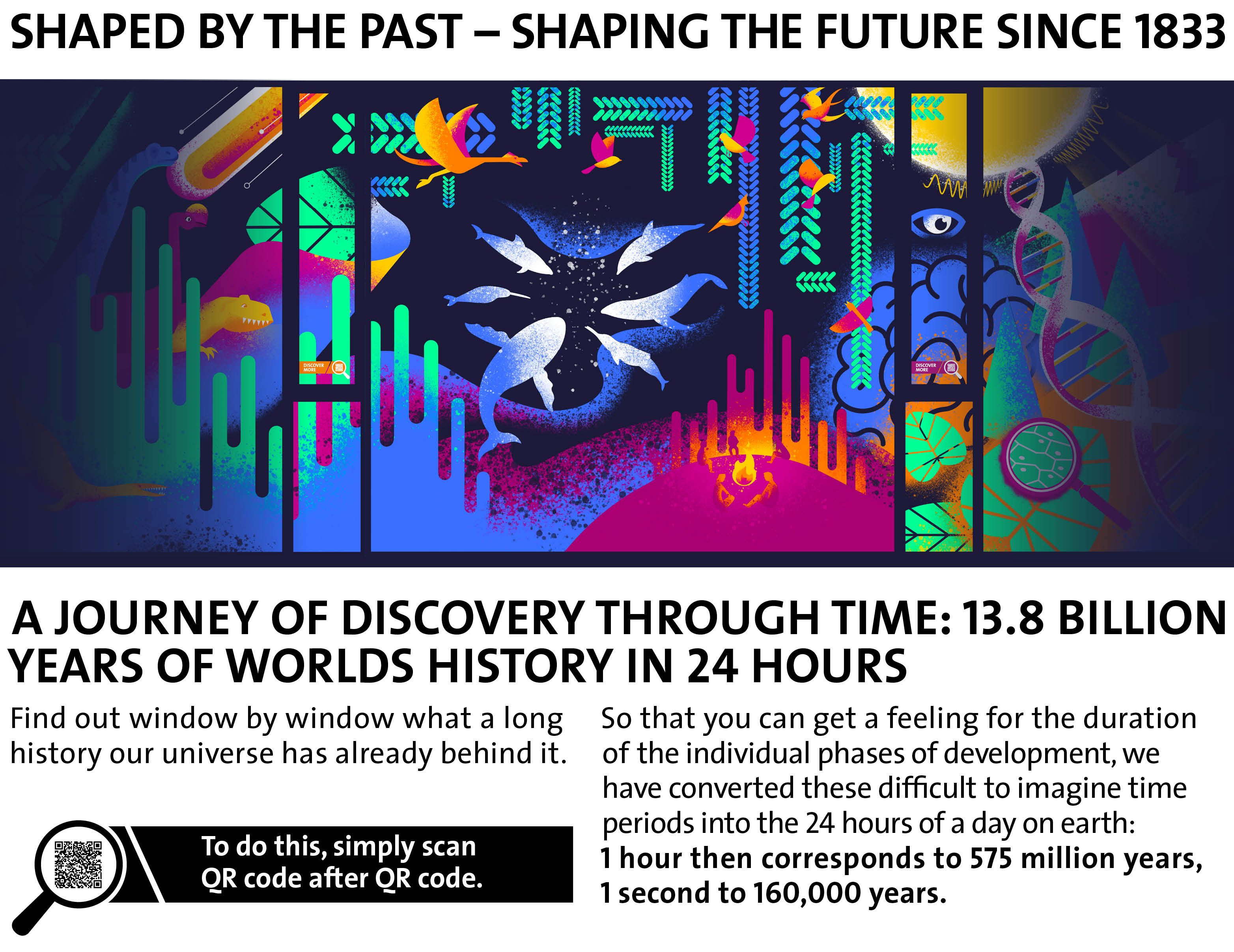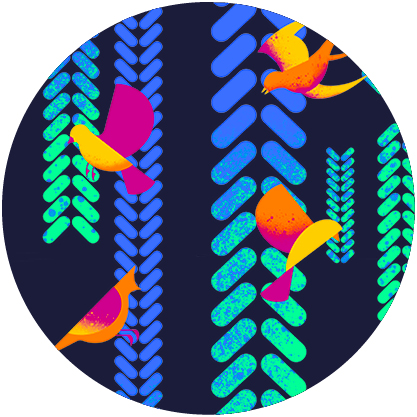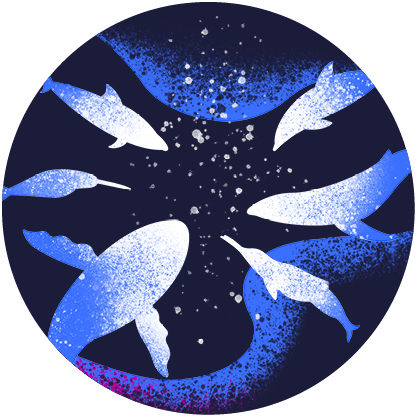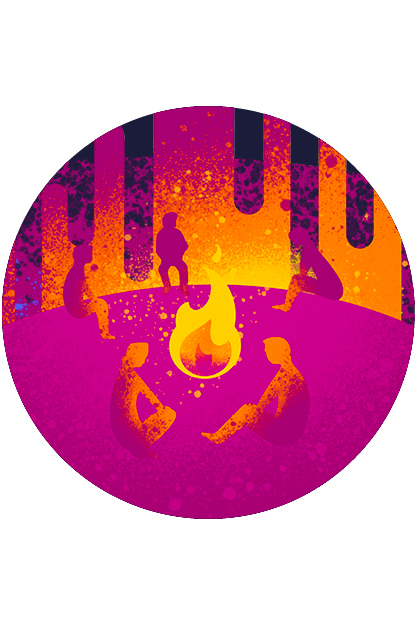«Late» was already then typical for humans

11:55 p.m. – 11:59:44 p.m.
Saurians, birds, mammals: humans are late bloomers.
After the asteroid impact and the associated mass extinction, feathered dinosaurs (aka birds) and mammals began to thrive. The mammals adapted not only to life on land (from the ground to the top of the trees), but also to the sky and even the water: from 4.1 million years ago, a group of land mammals begins to develop, a two-legged gait, opposable thumbs and a unique brain. This is how human history began. With sedentariness, people have time for other activities than just looking for food every day. Through observation, curiosity and exchange with one another, people get to know the world around them.

Dinosaurs are everywhere. But they have feathers now.

Humans are social by nature, but not just us: many other animals such as insects, birds and whales are, as well.

In the last minute, so to speak - actually only in the last few seconds (2.6 million years aka 16 seconds) - Homo erectus and his later relatives, including modern man, start making tools, use fire and spread throughout the world.